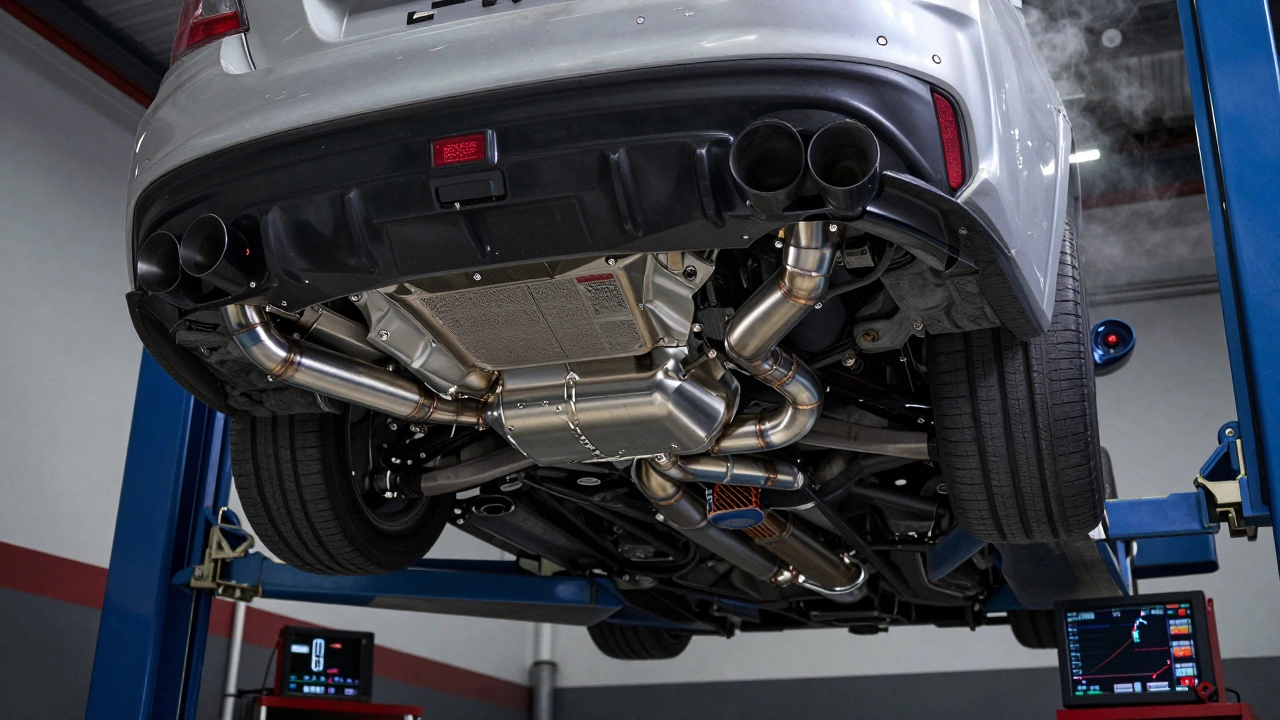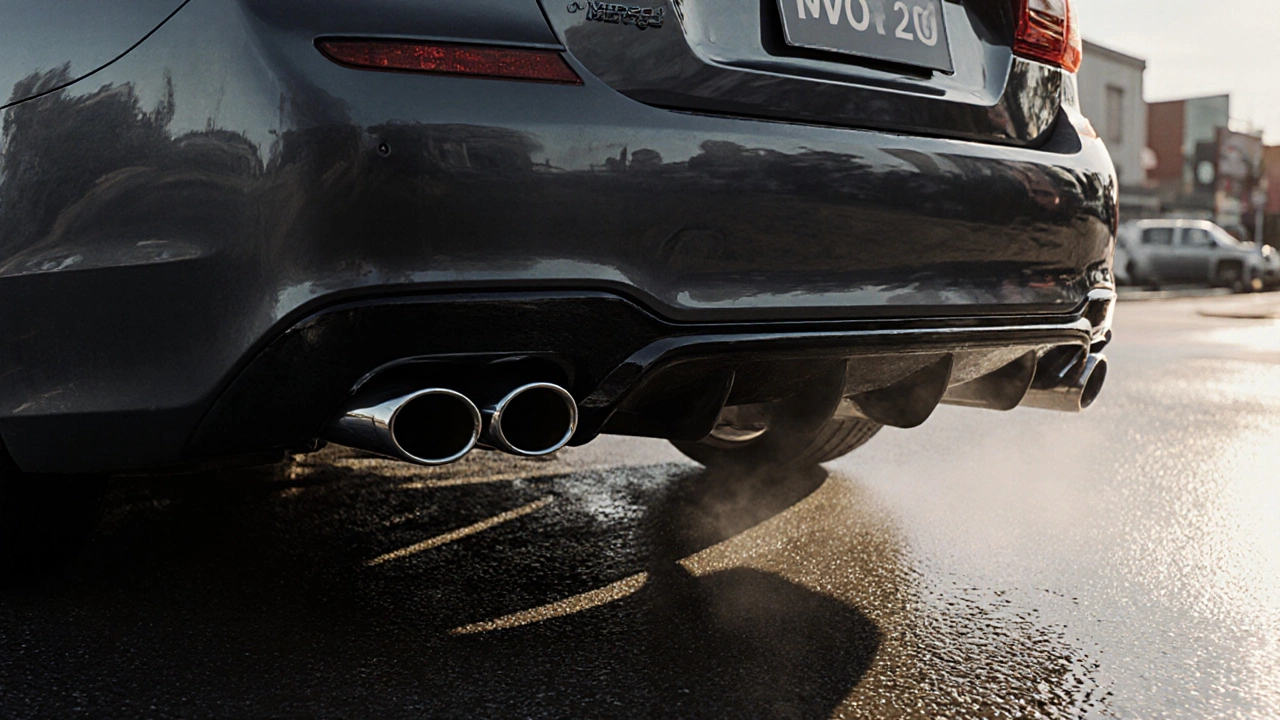Custom Exhaust Guide: Sound, Power, and Legal Tips
Thinking about swapping the stock muffler for a louder, more aggressive exhaust? You’re not alone. A custom exhaust can give your car a deeper growl, a small boost in horsepower, and a unique look. But it’s not just about volume – you need the right fit, proper installation, and a clear idea of what the law allows.
Choosing the Right Exhaust for Your Ride
Start by deciding what you want most: a throat‑ripping roar, a subtle tone, or a bit of extra torque. Look at the pipe material – stainless steel lasts longer and resists rust, while mild steel is cheaper but may need replacement sooner. Diameter matters too; a 2.5‑inch pipe often balances sound and flow for daily drivers, whereas a 3‑inch pipe leans toward track use.
Check the brand reputation. Shops that specialize in performance parts usually provide test data, fit‑check guarantees, and support for any issues. Don’t just buy the cheapest option; a poorly engineered exhaust can cause back‑pressure, reducing fuel efficiency and even damaging the engine.
Installation Basics and Legal Must‑Knows
If you’re handy, a bolt‑on system can be installed in a couple of hours with basic tools. Make sure the exhaust mounts line up with your car’s chassis and that the hangers are secure – loose parts create rattles and can fail on rough roads. Use anti‑vibration clamps to keep noise from traveling into the cabin.
Before you start, check local noise regulations. In Nottingham, a decibel limit of 95 dB at 50 m from the vehicle is common. Exceeding that can lead to fines or a failed MOT. Many aftermarket exhausts come with a “quiet” mode or removable baffles that let you stay legal for daily driving and swap to a louder setup for track days.
After the fit, do a quick test run. Listen for any leaks, rattles, or excessive back‑fire. A short test drive will also reveal if the engine feels smoother or if you notice a loss of low‑end torque. If anything feels off, re‑check the pipe clearance and tightening torque.
Finally, keep documentation. Retain receipts, installation photos, and any certification that the exhaust meets emissions standards. Should you ever sell the car, having proof of a legal, professionally installed system can boost buyer confidence.
Bottom line: a custom exhaust is a fun upgrade when you pick the right style, install it correctly, and stay within the law. Follow these steps, enjoy the new soundtrack, and feel the extra punch without surprise penalties.
A 3-inch exhaust isn't automatically better-it's only an upgrade if your engine makes over 350 horsepower. Learn when it helps performance, when it hurts, and what size actually works for your car.
Can you legally install a custom exhaust on your car in Australia? Learn what’s allowed, what’s not, how it affects performance and sound, and how to avoid fines or insurance problems.
Thinking about swapping out your stock exhaust? This article breaks down what you actually get from exhaust upgrades—performance, sound, looks, and more. You'll learn the real pros and cons, see if fuel efficiency claims really stack up, and find tips on legal stuff and costs. No fluff—just the facts you need to decide if an exhaust upgrade is worth it for you. Get honest opinions and clear answers without any hard sell.
Boosting your car's exhaust sound can be a thrilling endeavor, but staying within legal boundaries is crucial. This guide explores practical and lawful methods to enhance your exhaust note. From understanding local regulations to selecting the right parts and exploring innovative tips, you'll find everything needed to rev up your ride responsibly. Drive louder without breaking the law.
Explore the world of aggressive sounding mufflers to give your car that growl and power you've been craving. Learn about the most intimidating exhaust systems, how they work, and factors to consider when choosing one for your ride. Discover tips for achieving the perfect balance between performance and sound. Find practical advice for installation and maintaining that ear-catching rumble. Unleash the beast in your vehicle with this comprehensive guide.
In the thrilling world of automotive customization, making an exhaust pop flames is a fiery trick that's both eye-catching and exhilarating. While it may appear daunting, this guide breaks down the steps and considerations for safely achieving this dramatic effect. It explores modifications, ignition timing, and fuel adjustments while providing tips for maintaining engine health. With some knowledge and care, even a novice can transform their car into a flame-throwing spectacle.






